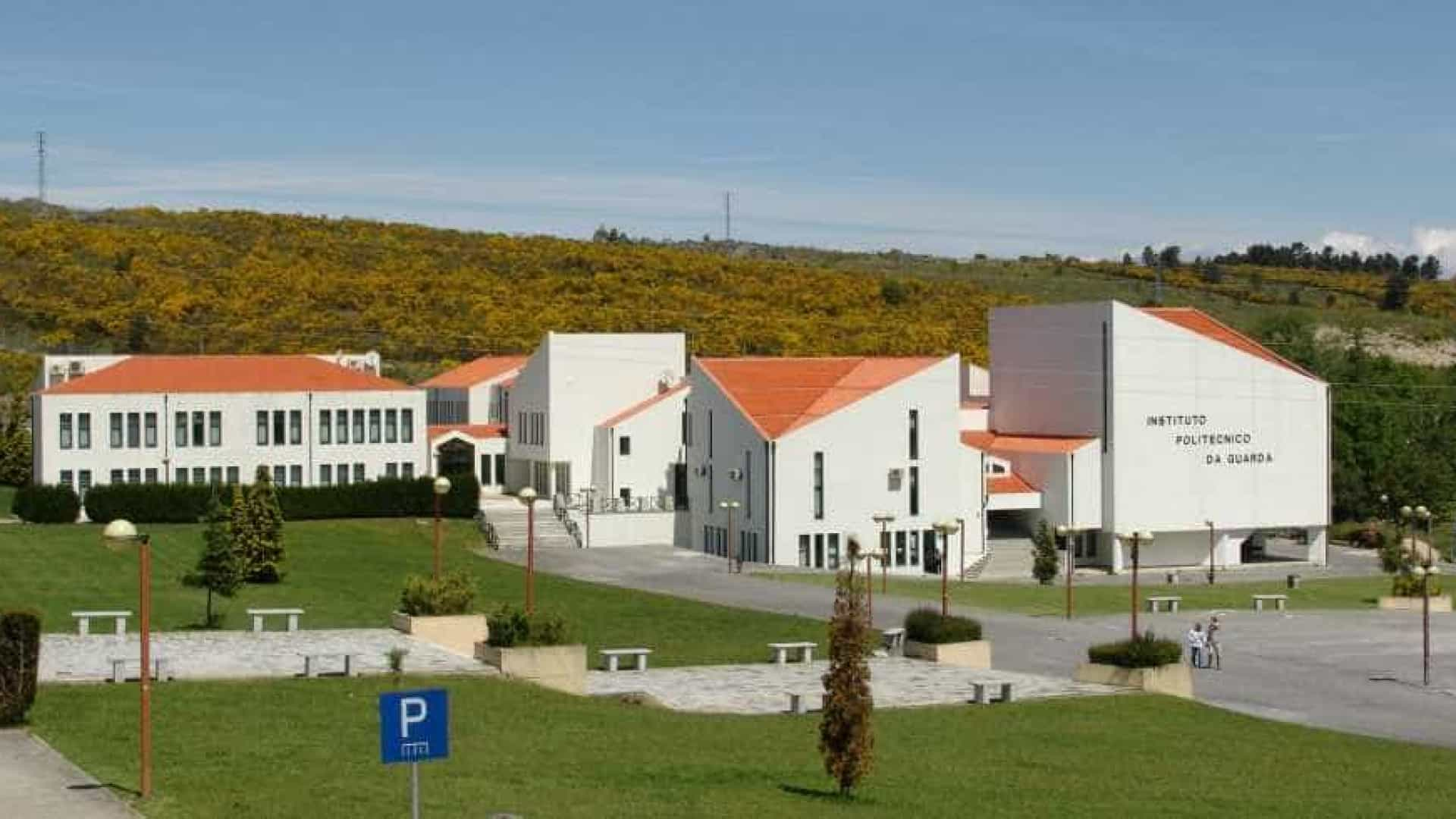CPSC Data
- Home Page 371

Bureau de normalisation
This content is accessible to paid subscribers. To view it please enter your password below or send mike@standardsmichigan.com a request for subscription details.
PHP
This content is accessible to paid subscribers. To view it please enter your password below or send mike@standardsmichigan.com a request for subscription details.
Content Production Facilities
This content is accessible to paid subscribers. To view it please enter your password below or send mike@standardsmichigan.com a request for subscription details.
Sustineri
Because the word “sustainability” appears with such frequency in education community best practice literature we use the Latin translation to track it.
We use the following working definition: Sustainability means meeting our own needs without compromising the ability of future generations to meet their own needs. In addition to natural resources, we also need social and economic resources. Embedded in most definitions of sustainability we also find concerns for social equity and economic development.
It is a worthy goal and the proper business of an industry that informs all others in every nation. Today at 15:00 UTC we scan the sustainability catalog for public consultations affecting #TotalCostofOwnership.
More
United Nations 17 Sustainable Development Goals
Sustainability and Creativity in Requirements Engineering
Clara Silveira
Escola Superior de Tecnologia e Gestão, Instituto Politécnico da Guarda /UDI, Guarda, Portugal
Vitor Santos
NOVA Information Management School, Universidade Nova de Lisboa, Lisboa, Portugal
Leonilde Reis
Escola Superior de Ciências Empresariais, Instituto Politécnico de Setúbal, Setúbal, Portugal
Henrique Mamede
INESC TEC, Universidade Aberta, Lisboa, Portugal
Abstract: Current concerns in the field of sustainability are cross-cutting across several sectors. In this sense, the ability of organizations to effectively use information and communication technologies and to focus on sustainability, innovation and creativity are recognized as important factors. In this article, an approach is proposed to incorporate sustainability factors when introducing creativity into the Requirements Engineering process. With a view to building more agile and sustainable Information Systems, a case of applying the approach in identifying requirements is presented, incorporating sustainability concerns. The approach stimulates the discussion on sustainability in its multiple dimensions (human, environmental, social, technical, and economic), focusing on the Sustainable Development Goals and the needs of people.
CLICK HERE to order complete paper
New update alert! The 2022 update to the Trademark Assignment Dataset is now available online. Find 1.29 million trademark assignments, involving 2.28 million unique trademark properties issued by the USPTO between March 1952 and January 2023: https://t.co/njrDAbSpwB pic.twitter.com/GkAXrHoQ9T
— USPTO (@uspto) July 13, 2023
Standards Michigan Group, LLC
2723 South State Street | Suite 150
Ann Arbor, MI 48104 USA
888-746-3670















